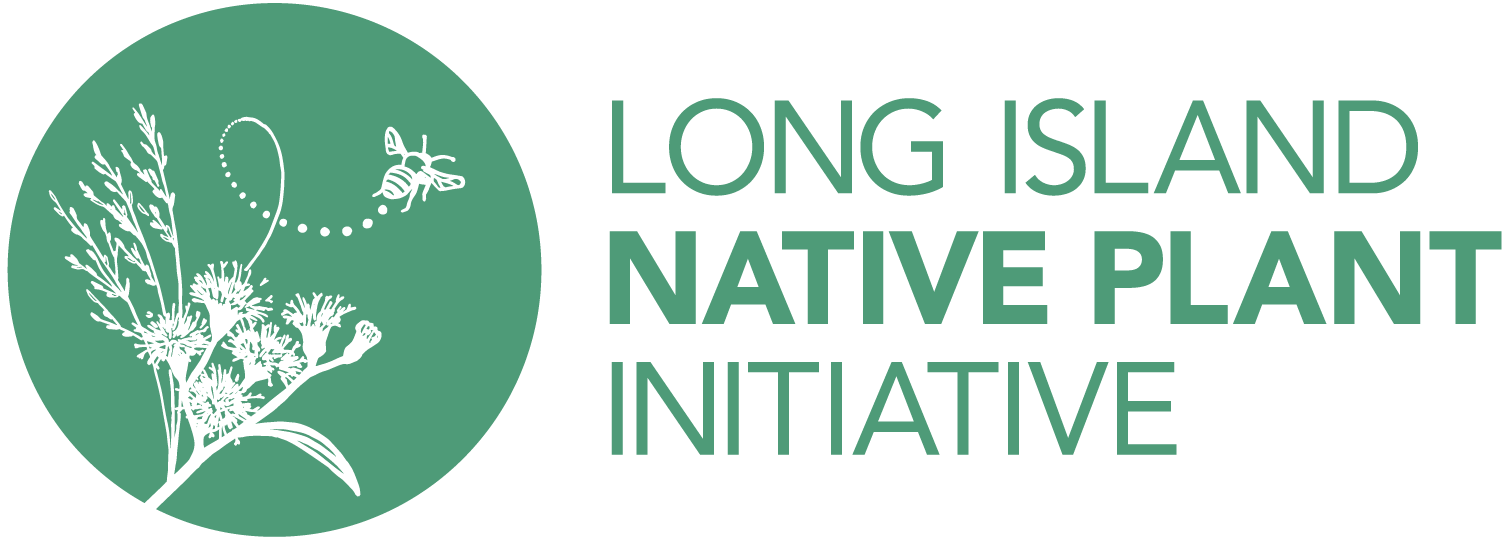Greene's Rush is a grass-like plant that grows well in sandy soils along the coast, with high salt tolerance. It provides a good source of nutrition for coastal songbirds. An excellent choice for rain gardens, as this plant tolerates intermittent moisture and drought. Prefers cool weather, so most growth occurs during the spring and fall.
